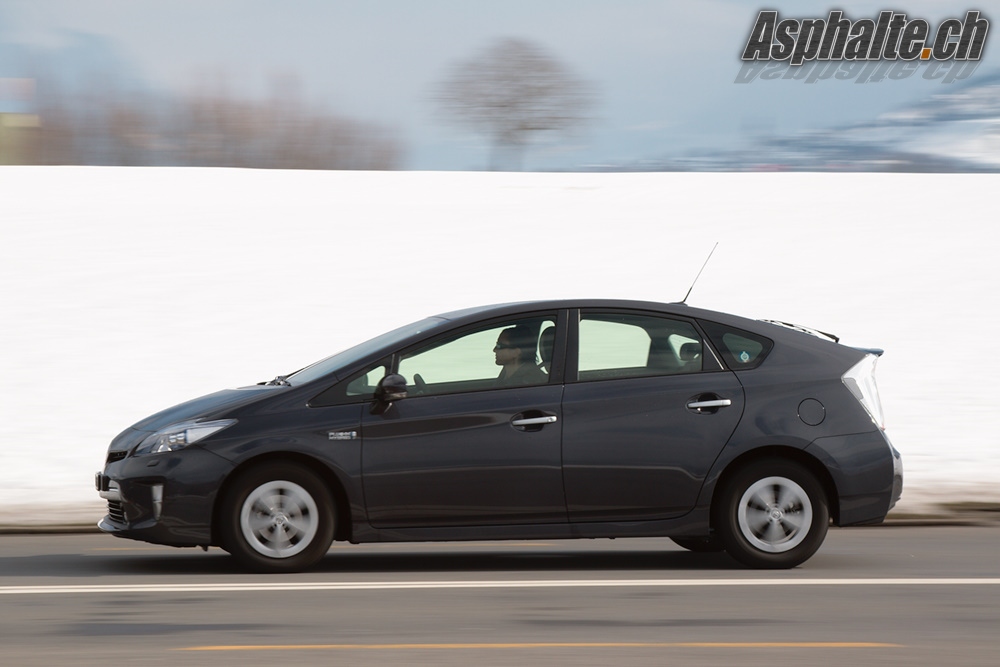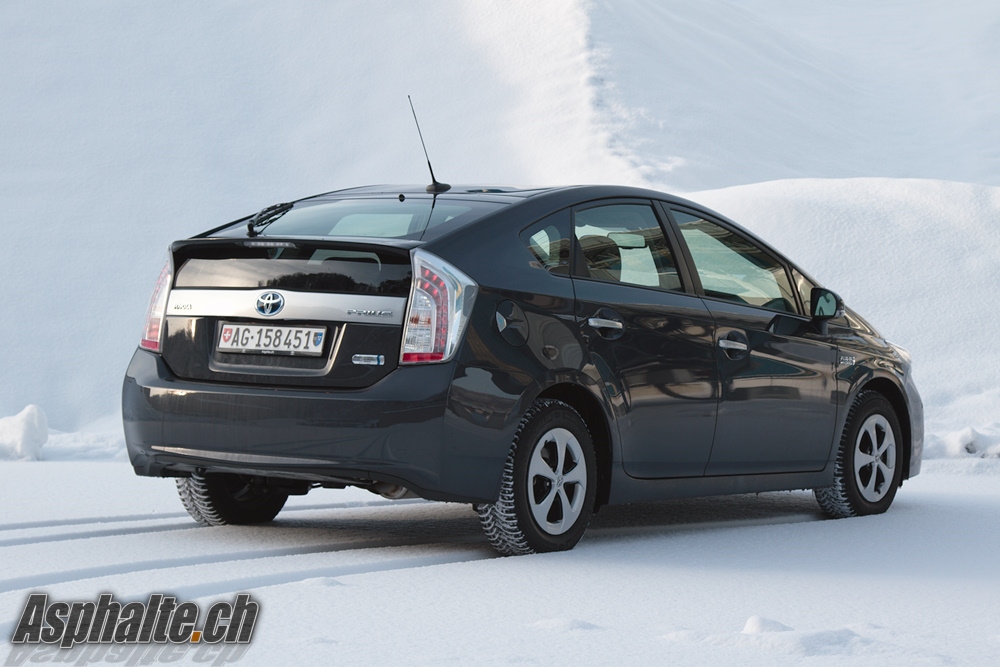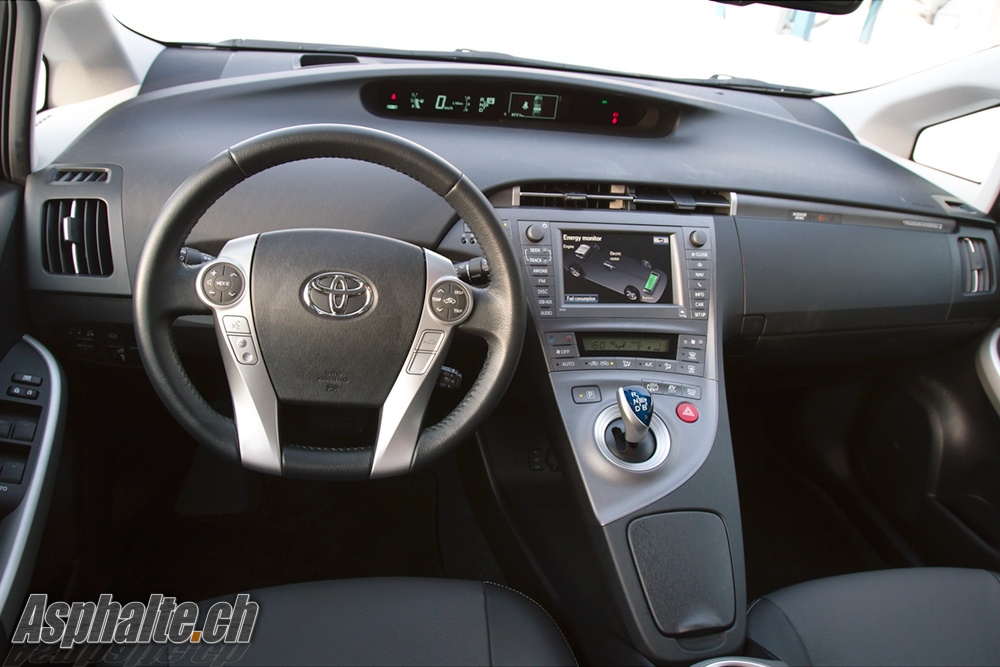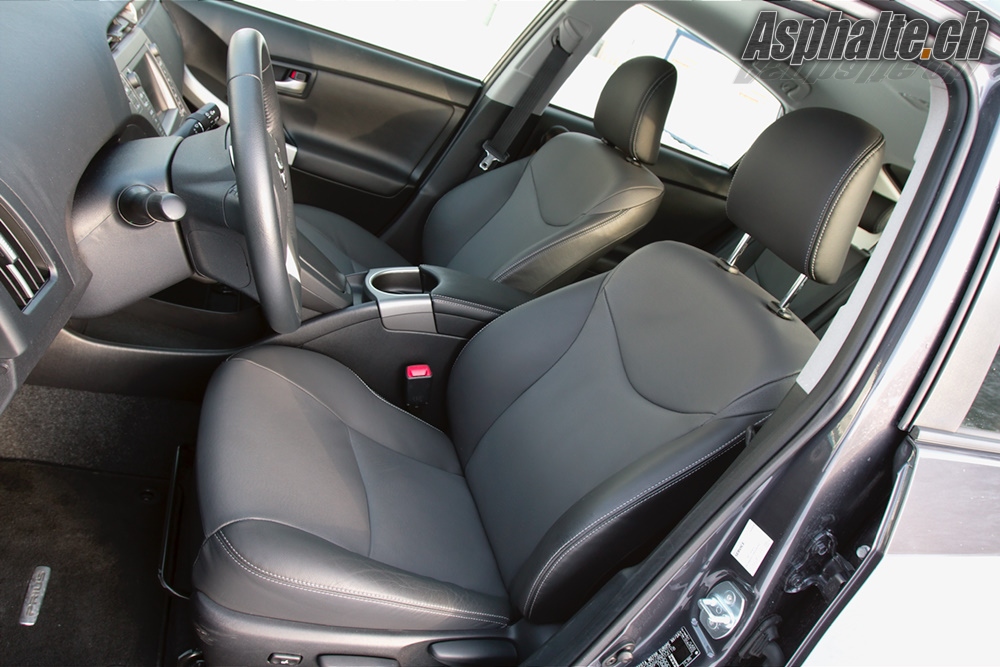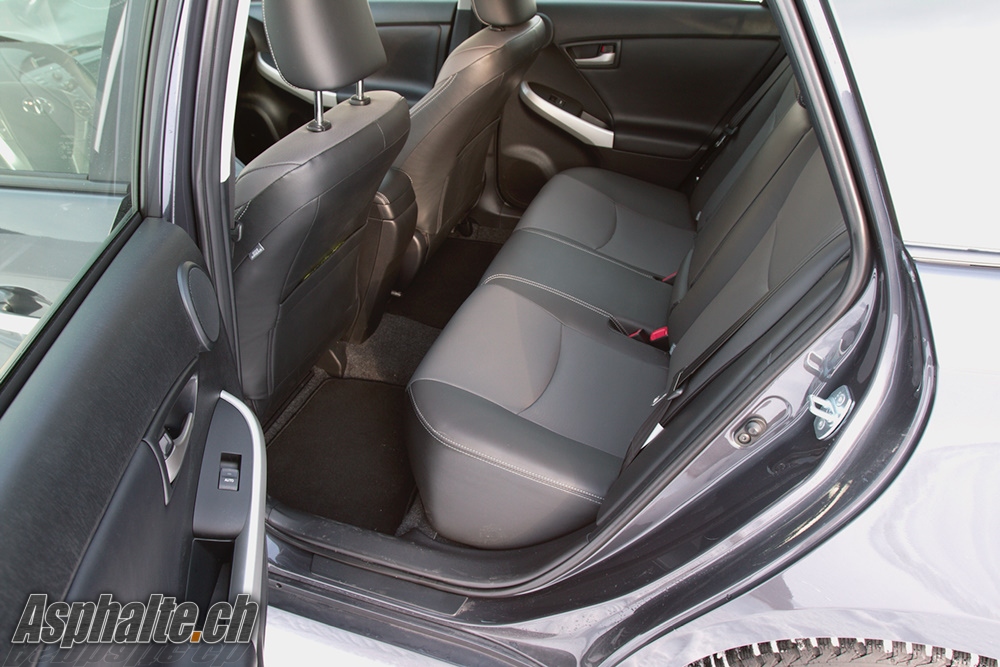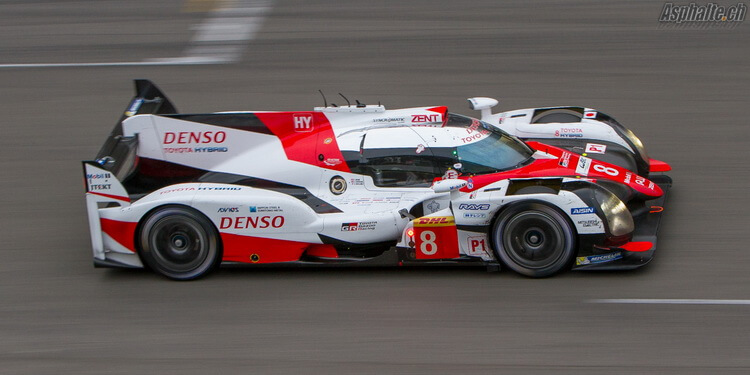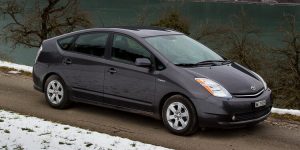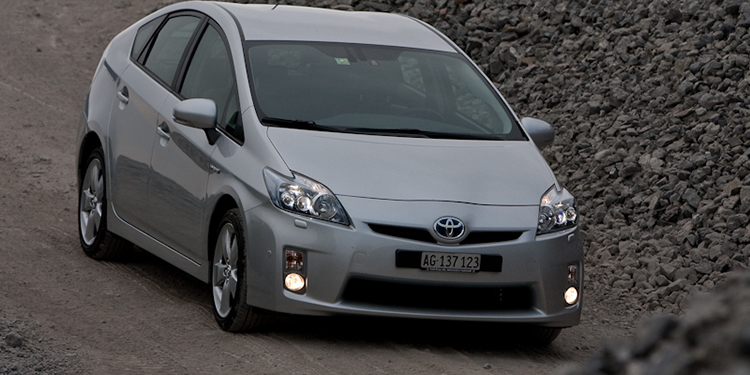Road test: Toyota Prius 3 Plug-In Hybrid
Electrical consumption is very dependent on the route and driving style, with extremes ranging from 133 Wh/km in snail-like eco-drive to 229 Wh/km in the Lausanne hills. These values are in line with those measured on the Leaf and the Ampera, in spite of the technology differences between these models. Unlike petrol powertrains, the energy efficiency of these batteries and electric motors seem secondary in comparison with the effort, chiefly the itinerary and the driving technique.
Like the Ampera – and to a lesser extent the Leaf due to its limited range, the Plug-In Prius allows to commute at low energy costs, a radically attractive economic proposition in comparison with a gas or diesel car of equivalent size (almost 4.50m in length, or 24cm longer than a VW Golf). There are however a few important caveats.
First, the range, limited to 15 or 20km depending on conditions. Sufficient for short distances, unless a possibility exists to charge at destination. Second, the capital outlay. The Plug-In version is priced 13’000 CHF (9000 €) higher than the ‘base’ Prius: 51’900 CHF (37’000 €) list price. Our Sol Premium version, arguably well equipped, carries a dizzying price tag of 61’630 CHF !
Is this 13’000 CHF premium economically justifiable ? Let’s consider a favorable case where one can go through two charges a day and cover 40km in electric mode. The difference in daily energy costs places the break-even point at 21 years of 220 business days. It is impossible to build a financial case on the extra cost of this version, furthermore as there is no credible scenario under which the price of electricity would not, over the medium term, fluctuate in tune with the price of gas at the pump.
Focus must then be shifted toward other criteria. Ecological considerations can play a predominant role in the purchase decision for such a car, but can appear more ideological than factual as soon as the origin of electricity is factored into the discussion. In Europe, 55.4% of electrical power comes from fossil fuels, and another 27.8% is nuclear (source: Eurostat 2009) .
Focus must then be shifted toward other criteria. Ecological considerations can play a predominant role in the purchase decision for such a car, but can appear more ideological than factual as soon as the origin of electricity is factored into the discussion. In Europe, 55.4% of electrical power comes from fossil fuels, and another 27.8% is nuclear (source: Eurostat 2009). All that is then left is the luxury of electric drive. Every hybrid car we test emphasizes the point that electric mobility reigns supreme in terms of silence, absence of vibration and comfort. Electric torque delivery can be fun too, but we already mentioned that this is not the Prius strong suit.
Visually, the plug-in version distinguishes itself from a standard Prius III with its charging port on the rear right fender, its logos and the 15 inch rims, the only available option on the catalogue while most hybrid versions get snazzy 17 inch alloys wearing 215/45R17 rubber that go a long way in giving an attractive, sportier stance to the car.
Interior design is very similar to the base version, except a few specific functions. The EV button has been renamed EV/HV, allowing to switch between hybrid mode (where the car will attempt to optimize use of the battery) and EV mode where the driver can attempt to force the depletion of the battery before tapping into the 45L gas tank. The EV City mode is nothing more than a neutered EV mode with limited torque. I enjoyed the ergonomics of the raised center console and its touchscreen, with rapid access to the different functions through the buttons lined on each side. Seats and driving position are comfortable too, a significant progress over the Prius II, in spite of the fact that the steering column can still only be adjusted in angle, but not in reach. This makes for a comfortable freeway car, except for the noise of the Atkinson 4 cylinder engine when it is put to task on uphills. Designed to deliver its peak torque at low revs (142 Nm at 2800 rpm), it can function at extremely low revs under light loads, but its drone can become tiring, for instance when trying to maintain a 130 km/h cruise speed while climbing hills.

